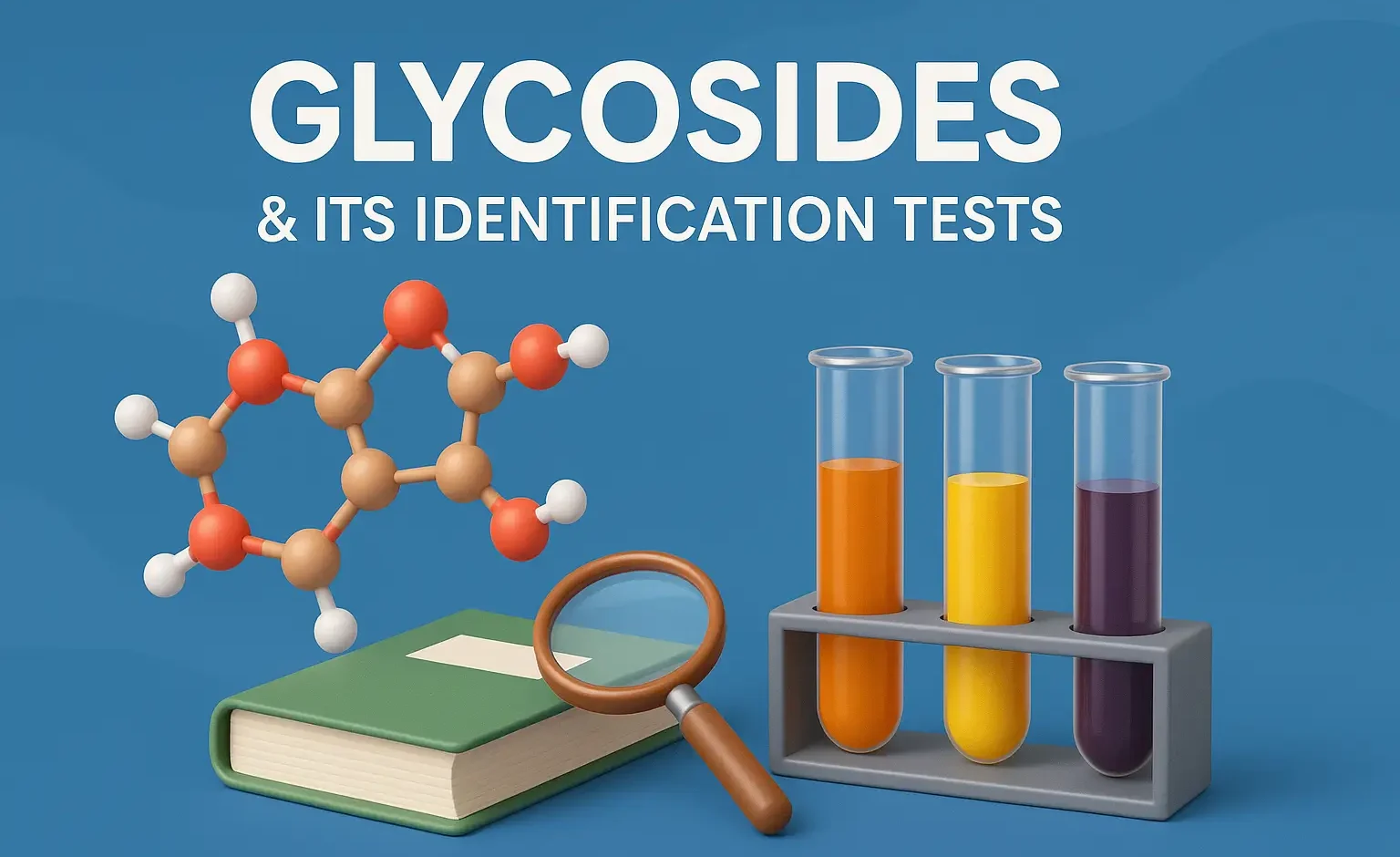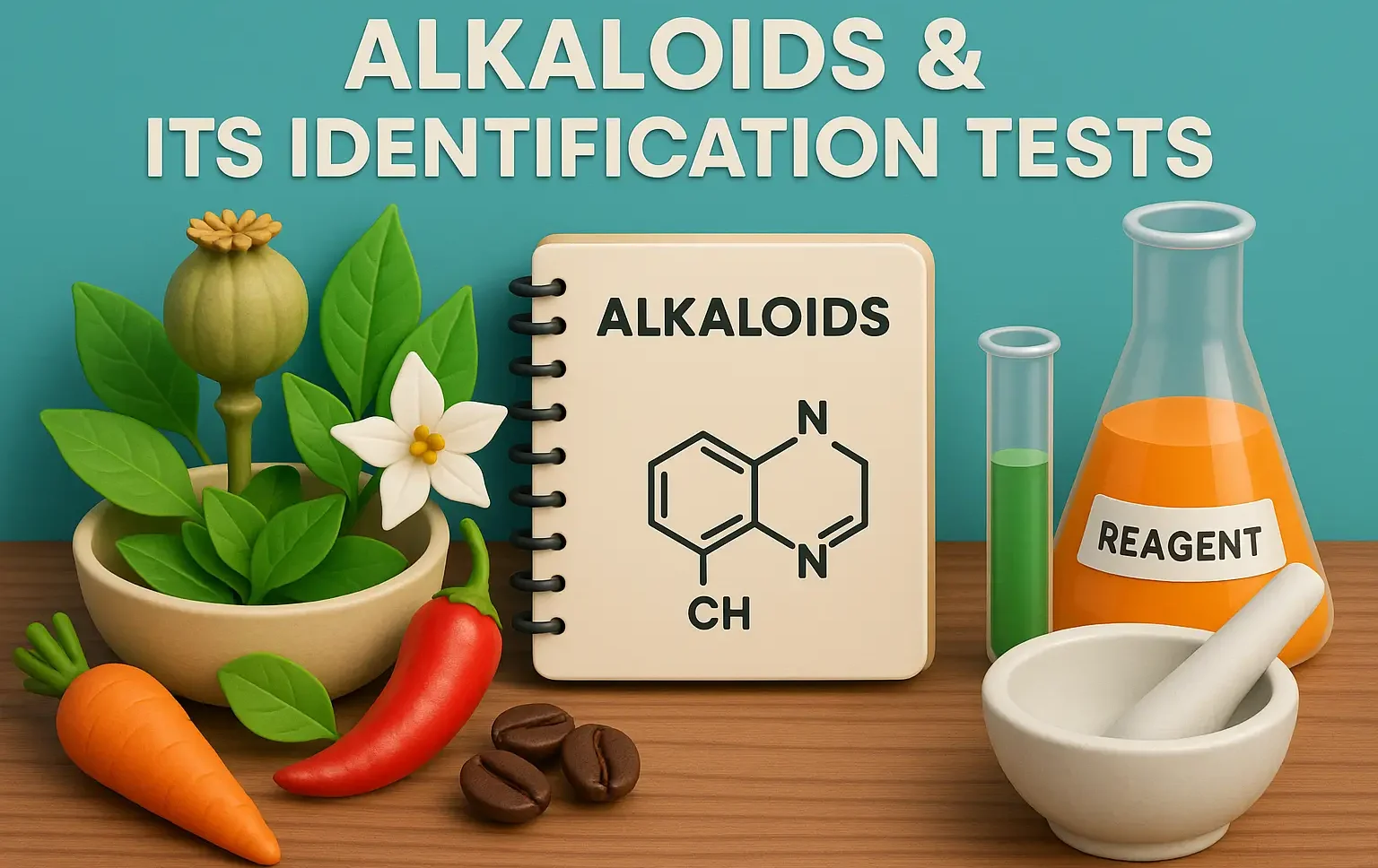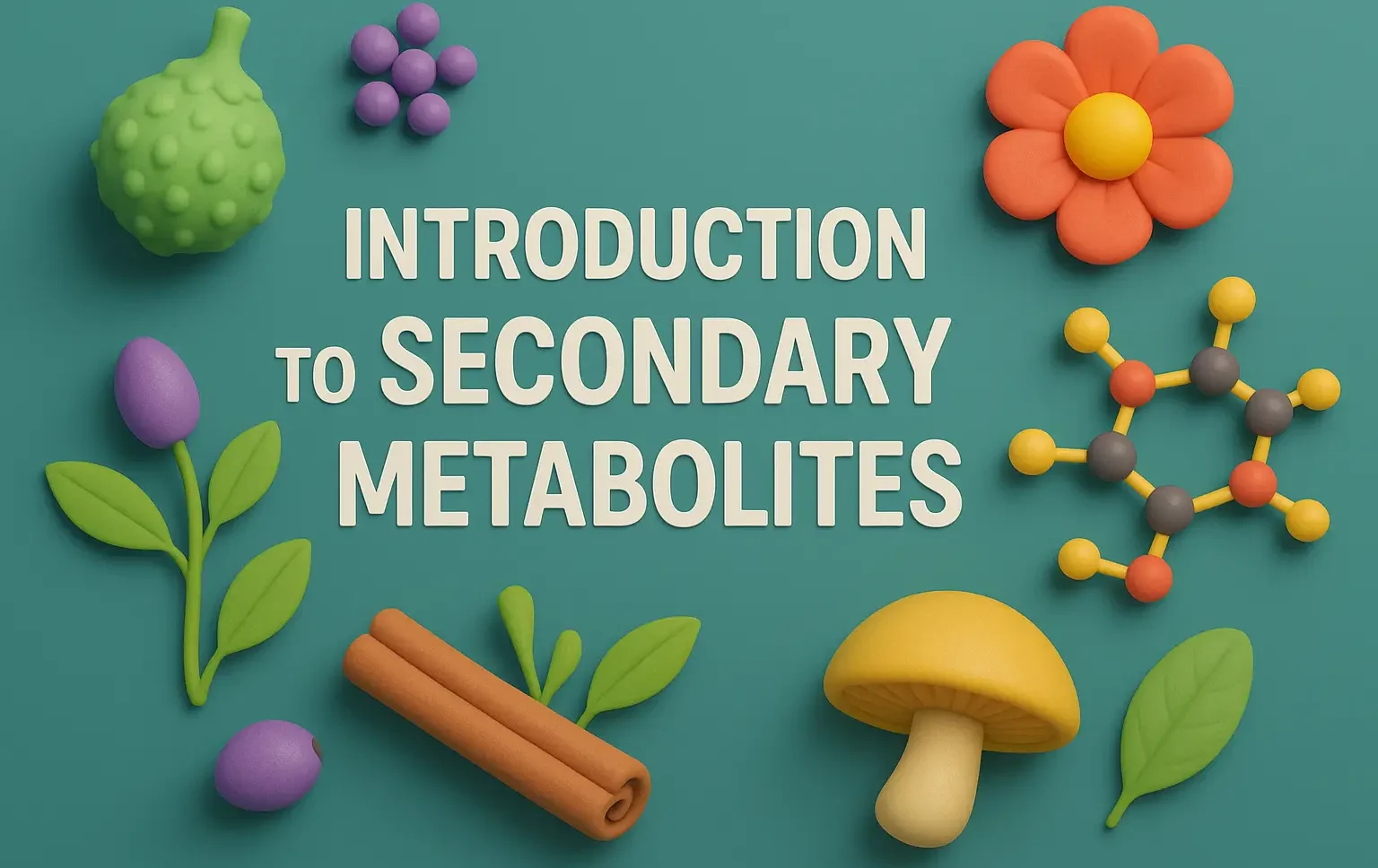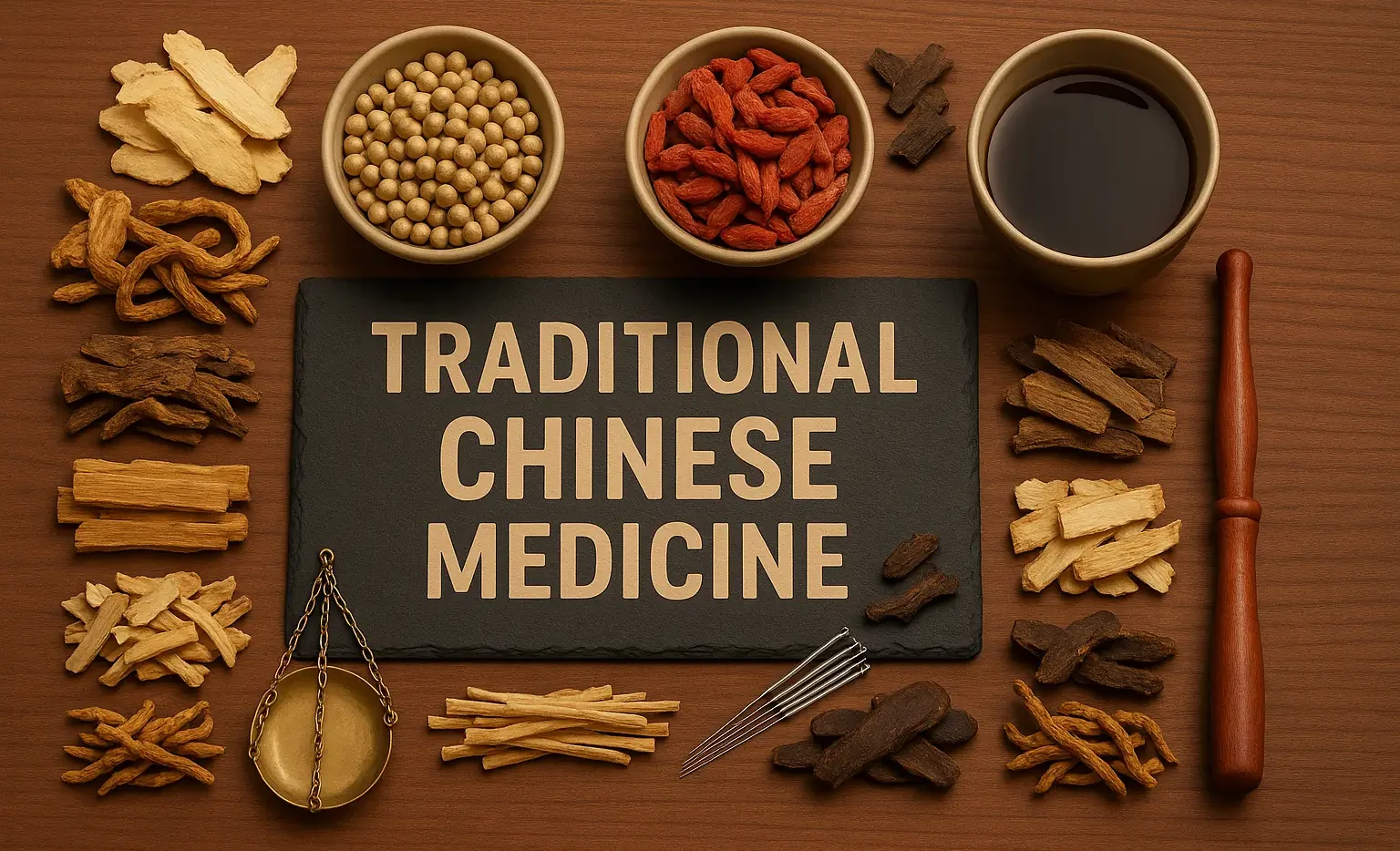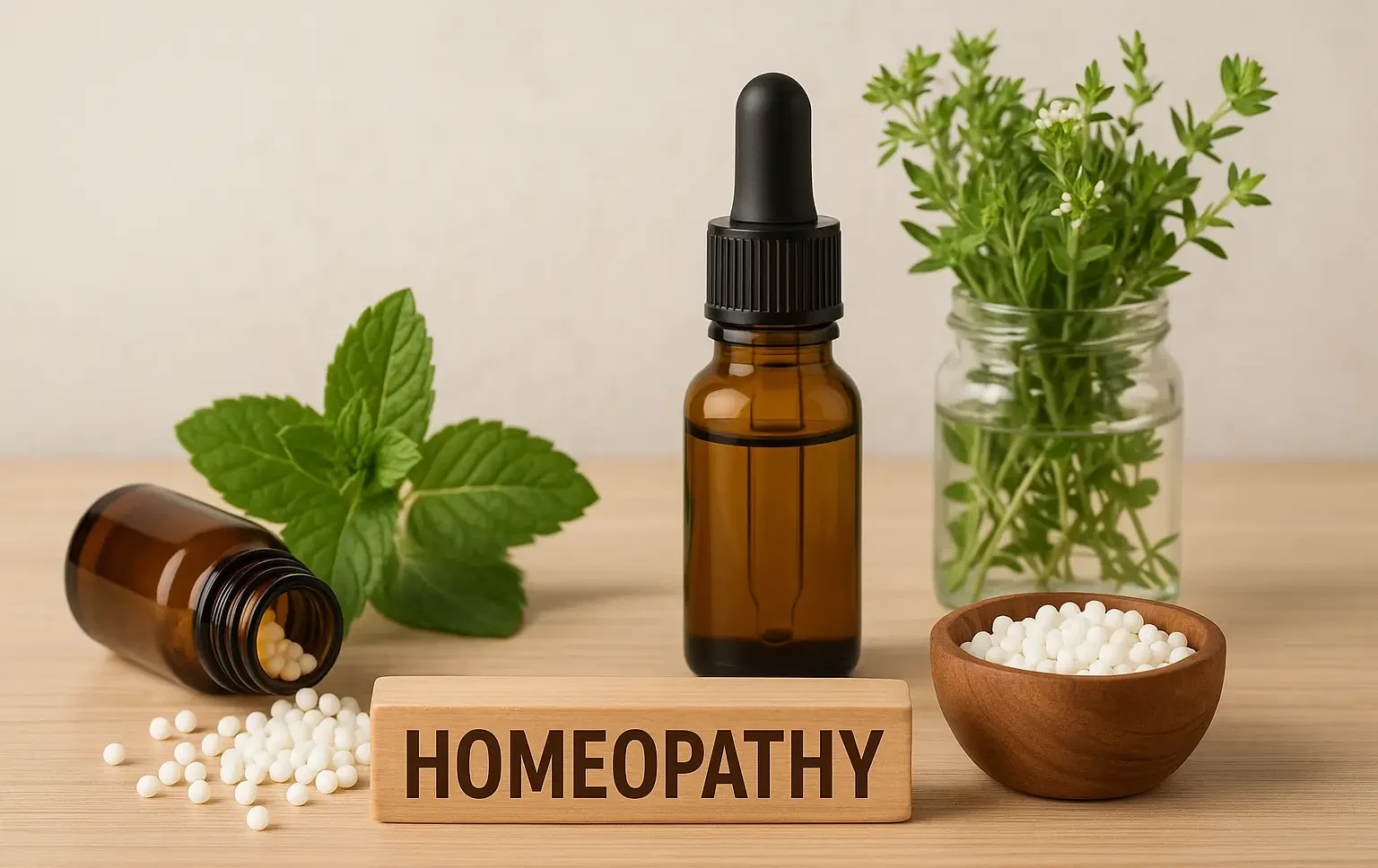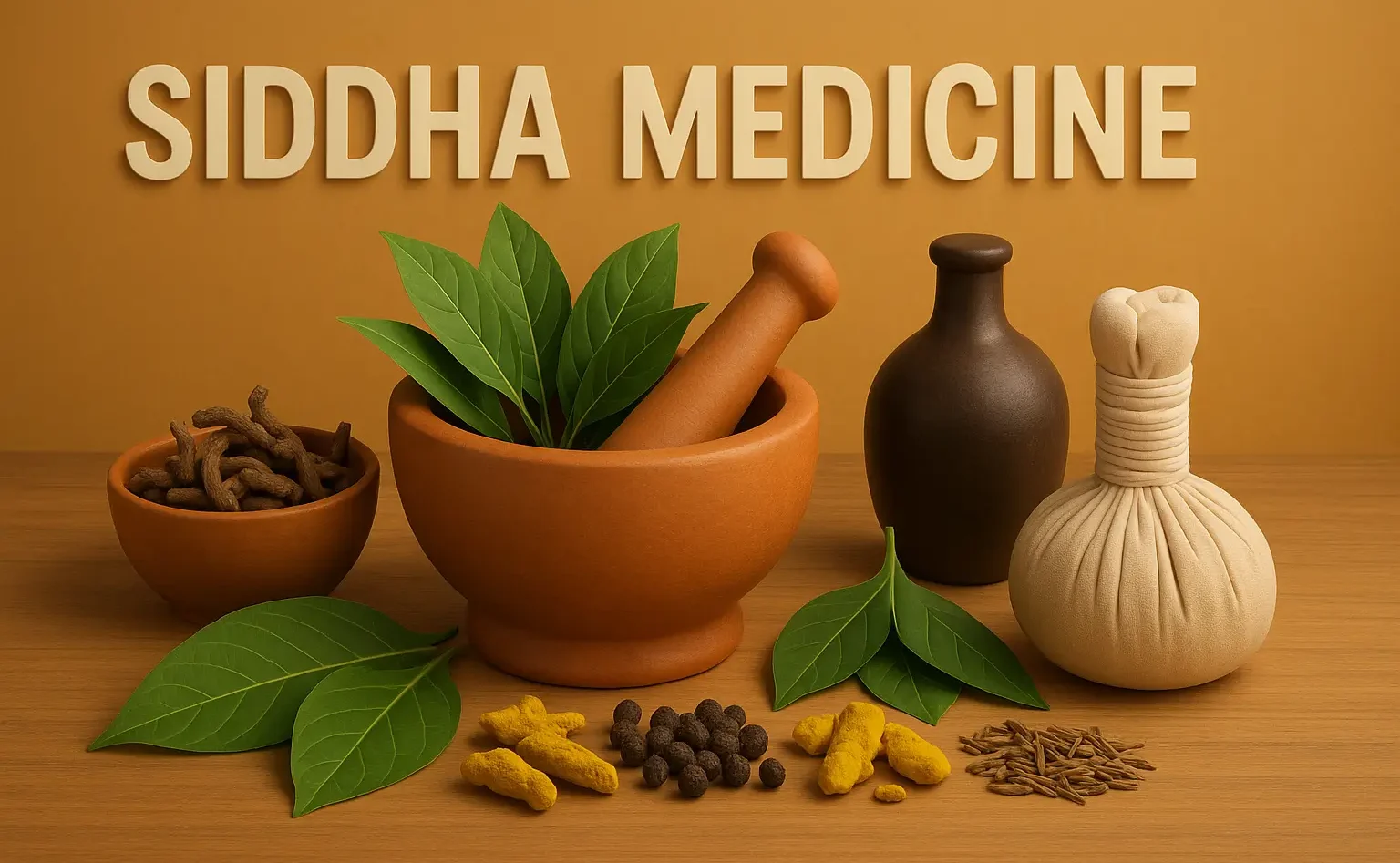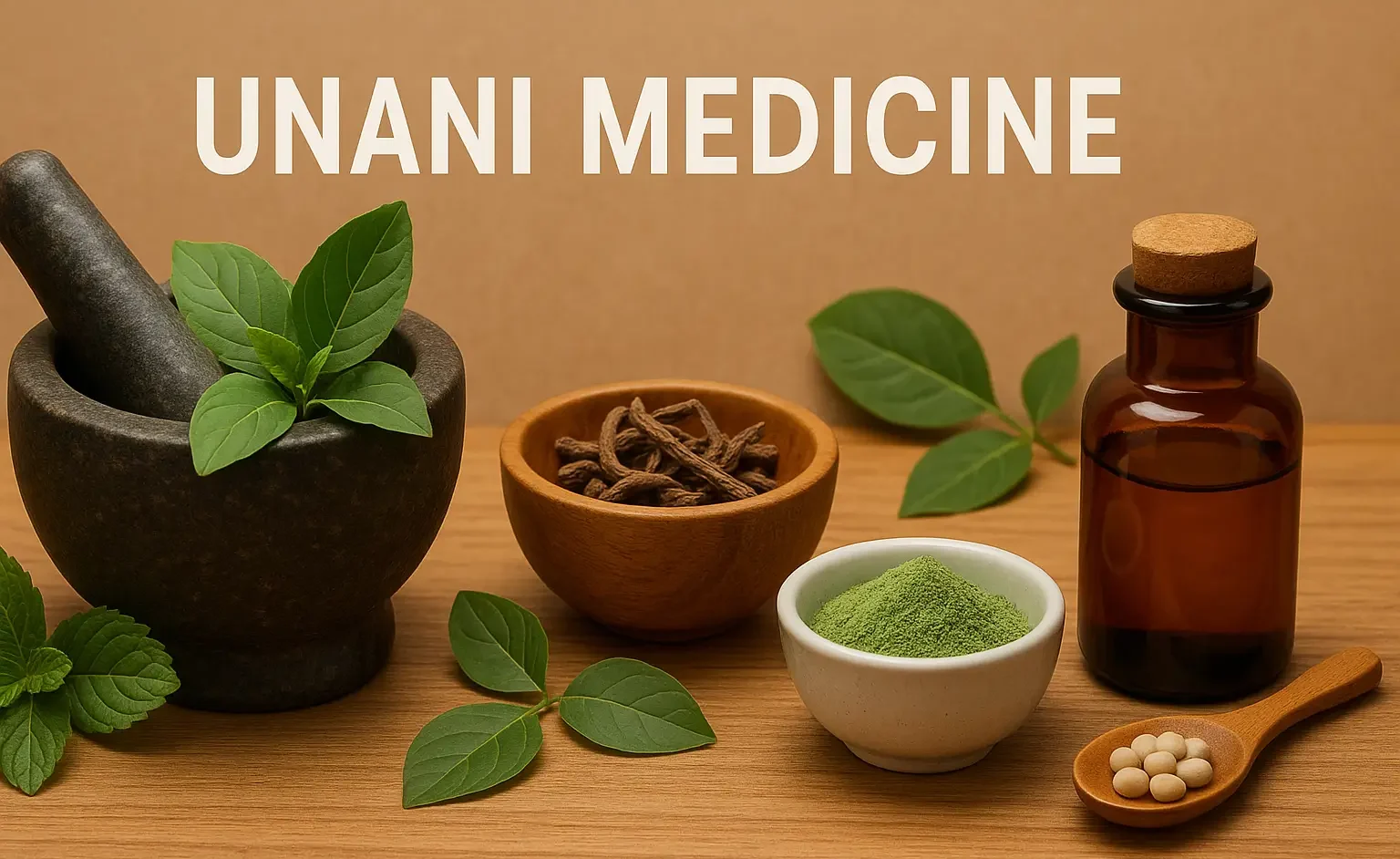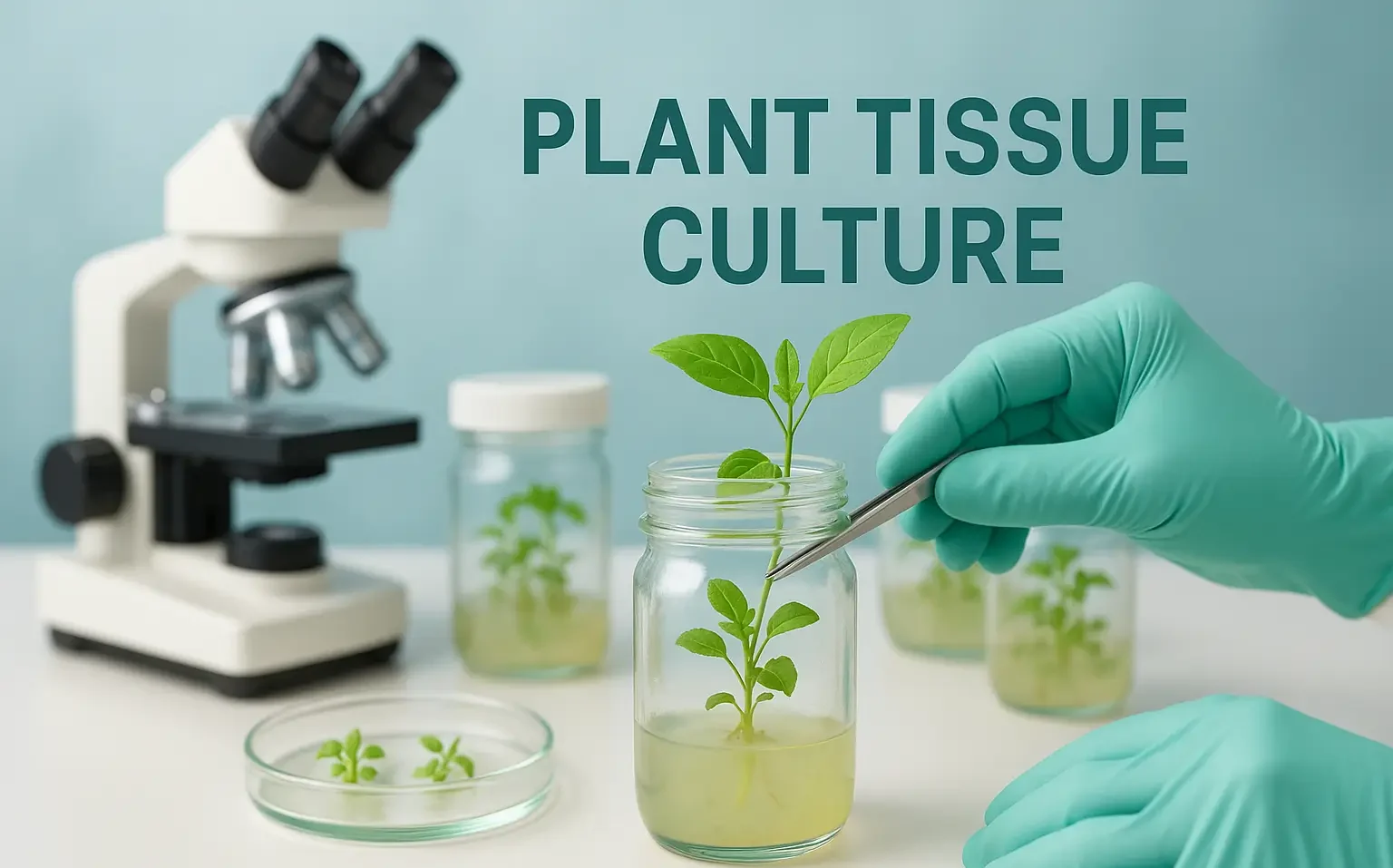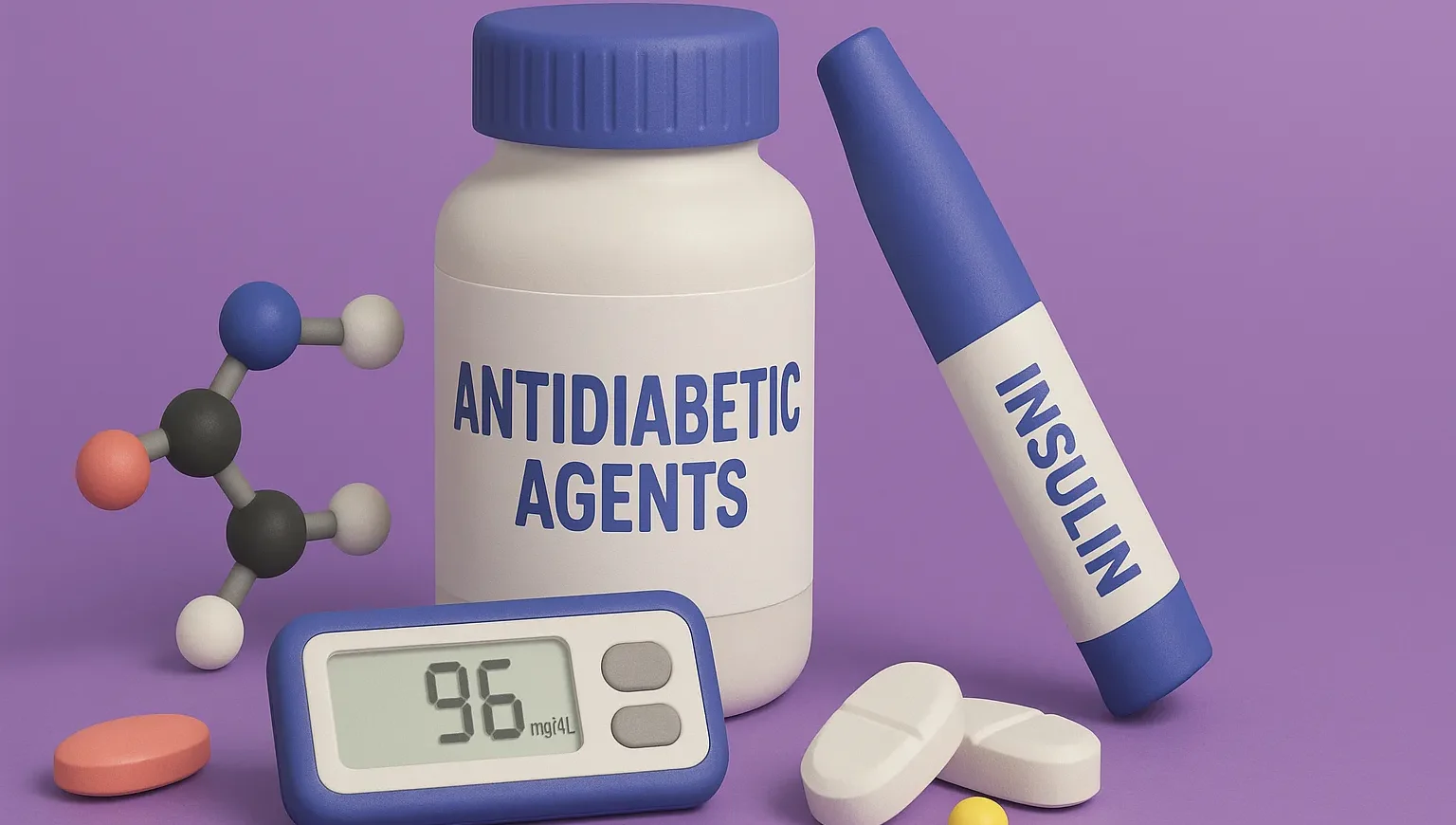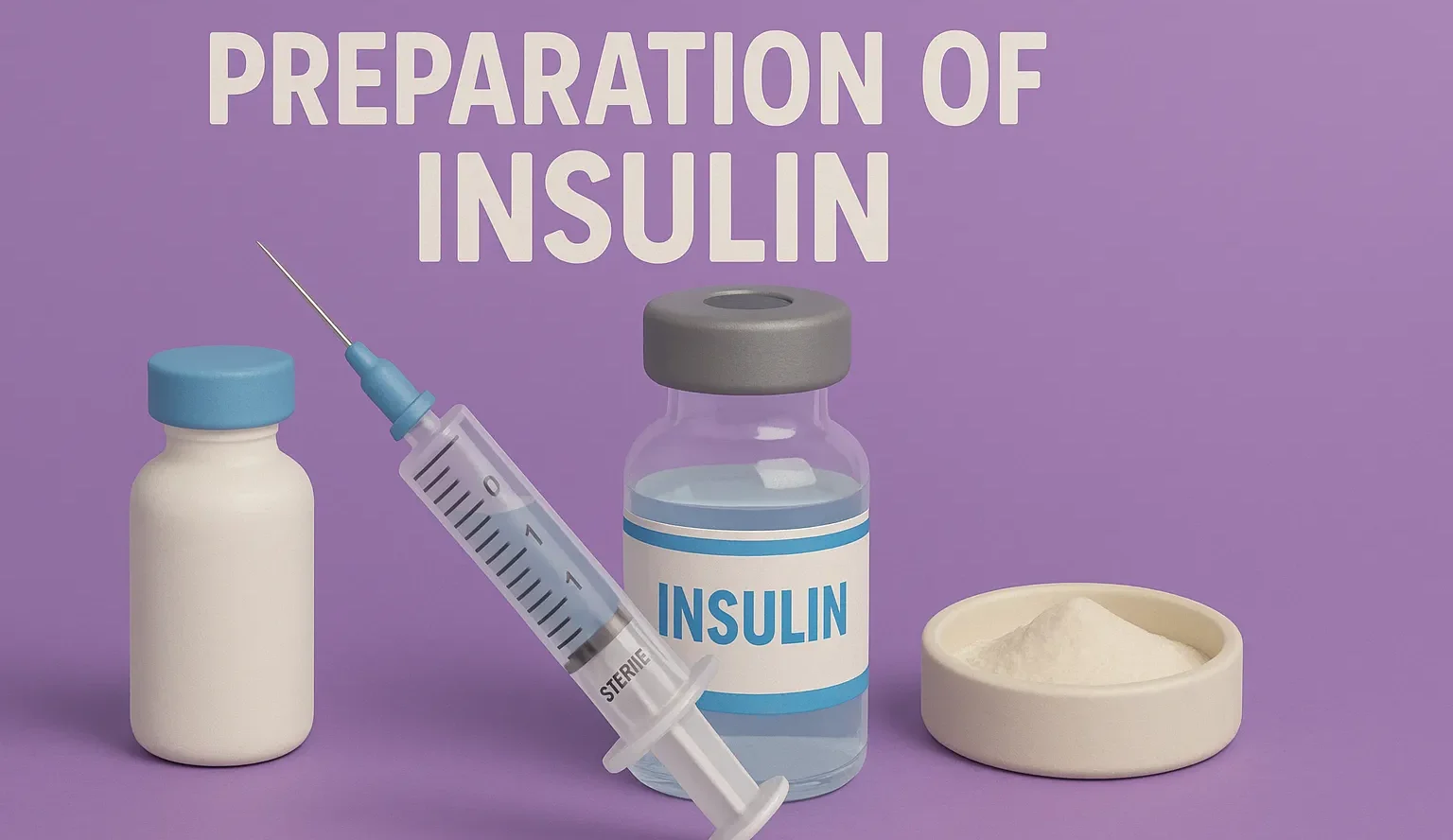Glycosides & its Identification Tests
Glycosides & its Identification Tests involve detecting sugar-linked compounds with therapeutic significance. Glycosides & its Identification Tests include Keller–Killiani, Borntrager’s, and Legal’s test for confirmation. Definition Glycosides are compounds that consist of a sugar (glycone) and a non-sugar (aglycone or genin) part, linked by a glycosidic bond. Examples Cardiac glycosides (e.g., Digoxin from Digitalis purpurea) … Read more

